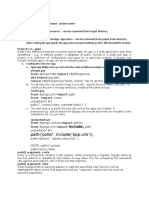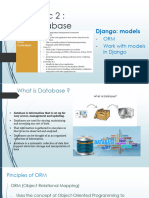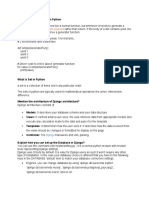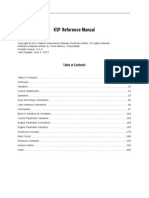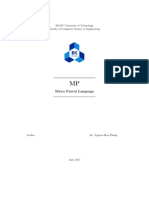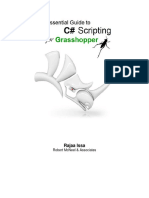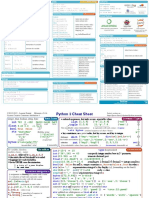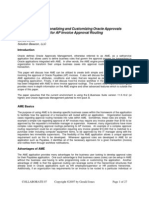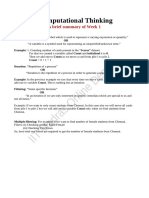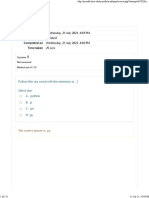0% found this document useful (0 votes)
4 views5 pagesDatabase Modelling-Django Colabs
The document provides an overview of database modeling in Django, emphasizing the importance of models for data storage and management. It details how Django models are defined, their attributes, common field types, and methods, as well as the migration process for database schema evolution. Additionally, it describes the Django admin interface and specific fields used in user profiles, such as unique identifiers and optional fields for personal information.
Uploaded by
Ngaga DancanCopyright
© © All Rights Reserved
We take content rights seriously. If you suspect this is your content, claim it here.
Available Formats
Download as DOCX, PDF, TXT or read online on Scribd
0% found this document useful (0 votes)
4 views5 pagesDatabase Modelling-Django Colabs
The document provides an overview of database modeling in Django, emphasizing the importance of models for data storage and management. It details how Django models are defined, their attributes, common field types, and methods, as well as the migration process for database schema evolution. Additionally, it describes the Django admin interface and specific fields used in user profiles, such as unique identifiers and optional fields for personal information.
Uploaded by
Ngaga DancanCopyright
© © All Rights Reserved
We take content rights seriously. If you suspect this is your content, claim it here.
Available Formats
Download as DOCX, PDF, TXT or read online on Scribd
/ 5








